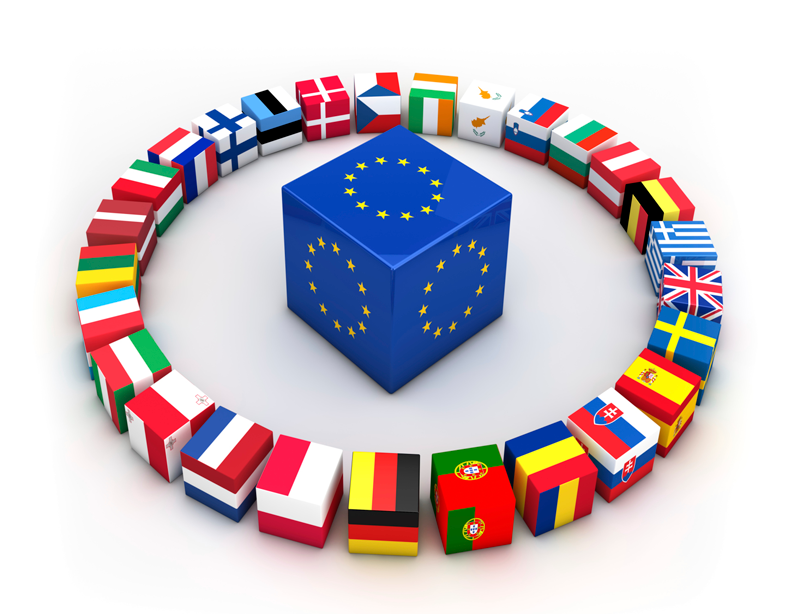Europe in stats: from healthcare to social trends
Europe in stats: from healthcare to social trends
From women in the workplace to income inequality, the differences between European countries are getting greater in lots of areas. Find out who’s best at having babies, who’s most dependent on the state and who’s most likely to get cancer.
There are some surprising differences in countries that should be quite similar. Denmark has one of the world’s highest cancer rates; next-door Sweden one of the lowest. Danes’ fondness for booze and cigarettes gets the blame.
When it comes to sex and marriage, the Catholic countries of the south are less traditionalist than you might expect. Only 3.3 Italians per 1,000 got married in 2013 – a record low. The figure was the same in crisis-hit Spain. Compare that to 4.8 in Germany, 5.1 in Denmark or 5.3 in Sweden.
And women in the north are far more likely to work – 70 percent of Danish women and 77 percent of their Swedish counterparts are in the workforce. Compare this to 54 percent of Germans and 39 percent of Italians.
Italy is also doing badly at having babies. It’s worth noting that no country in Europe reaches the 2.1 births per woman needed to keep the population steady (once immigration is taken out of the equation). The French (2.01) beat the European average of 1.58, as do the Swedes (1.91) and the Danes (1.71). Spaniards, however, had only 1.32 babies per woman; Italians 1.43. But it’s not all about money – the prosperous Swiss only manage 1.54 babies per women.
Collected data influenced by : http://www.thelocal.de/20150115/europe-in-stats-from-spain-to-sweden
Pin It

